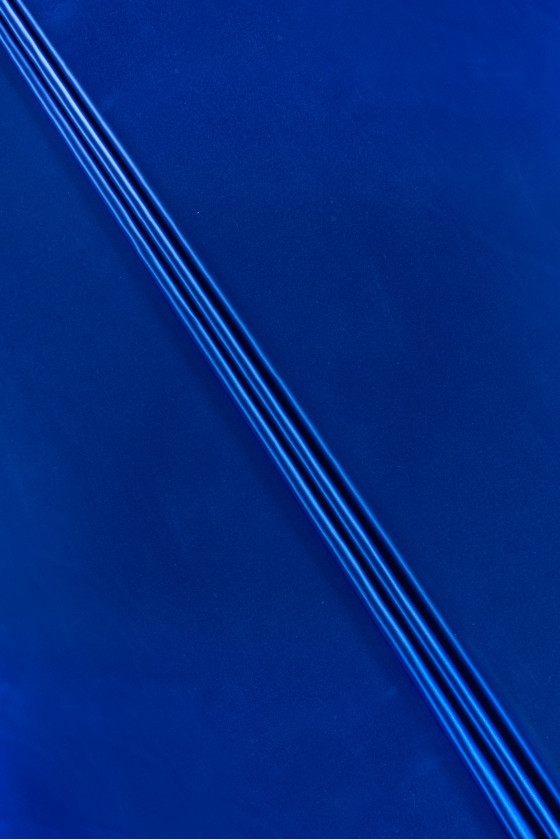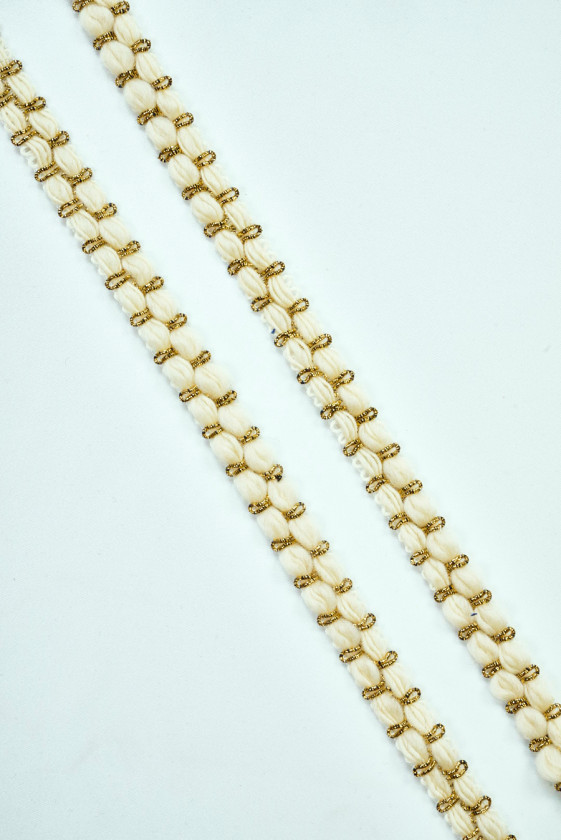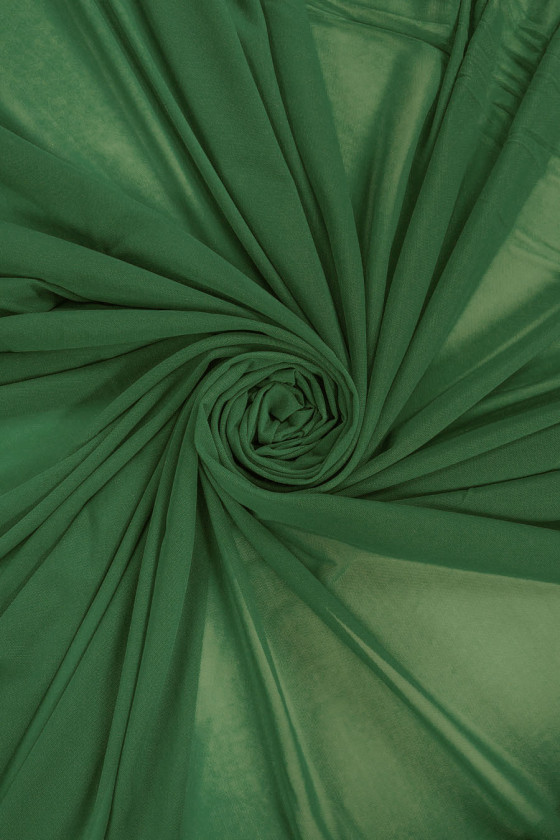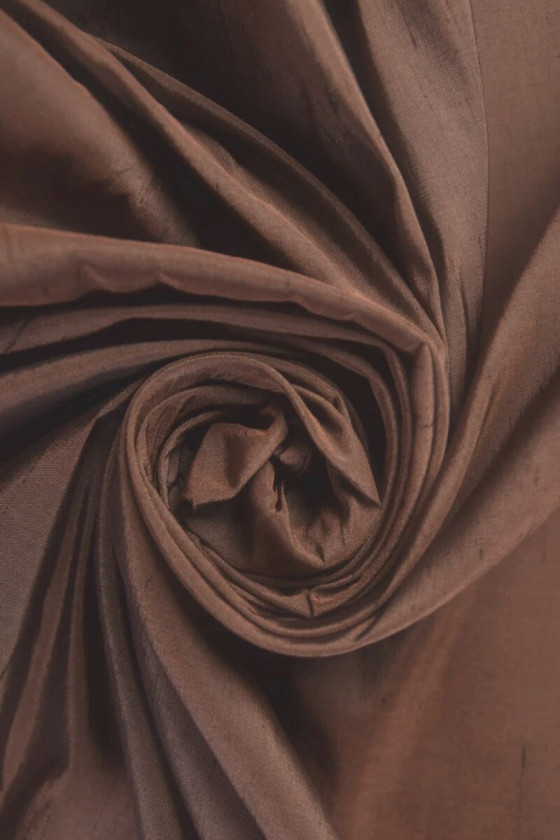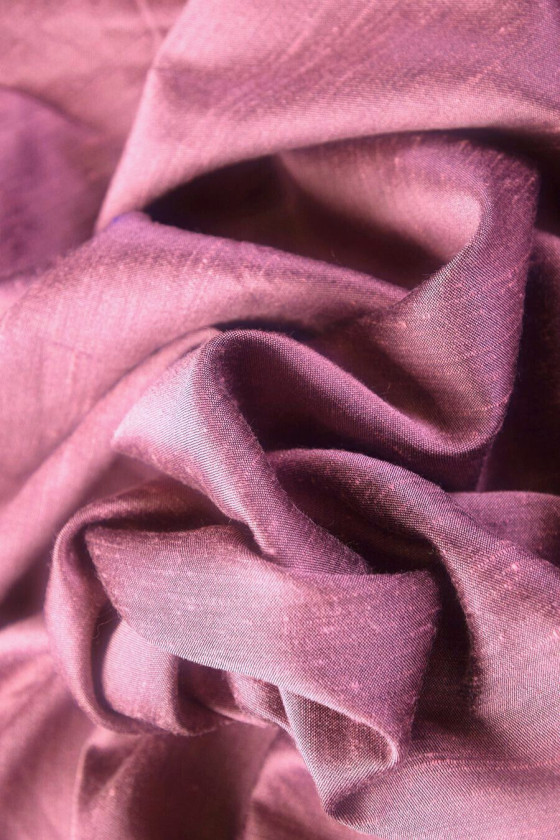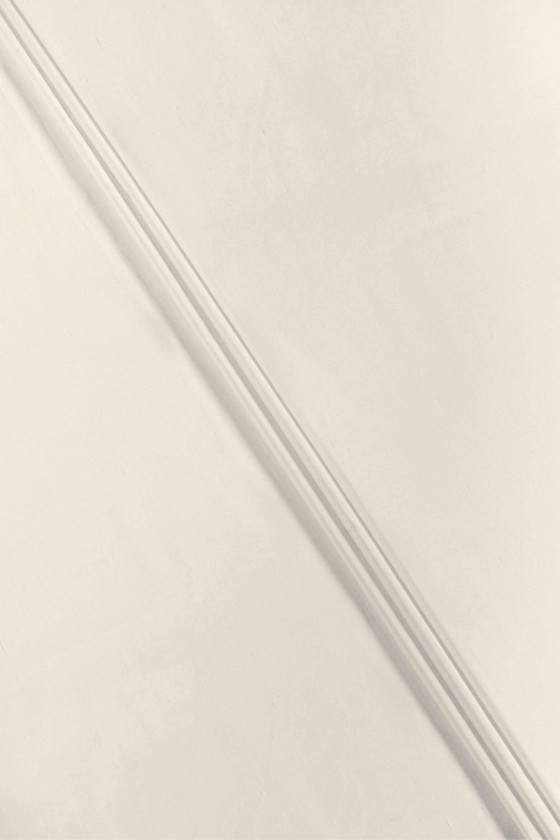- New products
-
Sale
-
- Velvet and Velour
- Sequins and Beads
- Cadi and Zorżetka
- Devore
- Ecoskin and Natural Leather
- Eco fur
- Exclusive
- Other fabrics
- Jeans and Corduroy
- Cashmere and Wool
- lace
- flax
- Lycra, New
- Tulle and Grid
- Chanel type
- Jacquard
- Smooth fabrics
- Patterned fabrics
- Fabrics in constant offer
- Signed
-
viscose
-
silk
-
Lining
-
knitwear
- Fabrics in constant offer
Wishlist
- No products
For decorations and curtains
Purple jacquard in waves COUPON 60cm
Tulle mesh black
Tulle mesh soft green
Tulle mesh soft gray-beige
Polyester taffeta green
Green taffeta taffung
Silk Brown Shandong
Navy blue taffeta taffung
Polyester-silk sea taffeta COUPON 70cm
Cornflower silk shandong
Red taffeta silk shunt
Burgundy silk shandong
Ash silk shunt
Silk Pink Shandong Twotone
Silk shandong ecru
Satin cornflower taffeta COUPON 60cm
Velour (velvet) cotton brown
Soft tulle mesh beige
Black silk shantong
Pink and turquoise jacquard
Fuchsia jacquard - black
Organza jacquard pink lines
Geometric jacquard
Silver polyester organza
Jacquard with roses
Jacquard with fancy patterns
Green polyester taffeta
Shandong silk cold beige
Shantung silk light pink
Jacquard bricks
Jacquard in flowers
Jacquard silver-purple
Jacquard in silver zigzags
Shantung silk two-tone
Silk Shandong Twotone DISCOUNT
As in the case of fashion, so in the case of interior design, certain trends go away, only to return after some time in the same or slightly modernized form. When it comes to interior design, minimalism has dominated for the last few years. Economical accessories, a lot of white and gray, cool interiors, and sometimes even raw, as if not fully finished.
Slowly, however, it can be seen that this trend is disappearing, and in its place there is a fashion for boho style with a lot of natural materials, such as wood or wicker. Interest in retro style returns. Refrigerators or stoves stylized on equipment from the 50s, in pastel colors or chests of drawers and armchairs from the times of the People's Republic of Poland, are one of the most sought-after accessories.
Plants also return to the interiors, both those that we can meet in the apartments of our parents and grandparents, as well as those more exotic.
Decorative fabrics - types of fabrics
When planning to buy fabric for your home, we face a difficult choice. Manufacturers offer us such a wide range when it comes to appearance, texture and composition that we can feel lost. Many wholesalers of materials offer us decorative fabrics for meters, decorative fabrics for curtains, tablecloths, bedspreads. In addition, upholstery materials or decorative fabrics.
As for the composition, we can distinguish the following fabrics here:
- natural of which the most popular are wool, cotton, silk or linen. They are pleasant to the skin, do not irritate it, allow it to breathe;
- artificial, which are created from scratch, but natural ingredients such as cellulose or rubber are used for their production. This group includes viscose, modal, lyocell;
- synthetic fabrics made exclusively from materials that are not naturally encountered. In this group we can distinguish polyester, polyamide, elastane or acrylic. Although they do not let air through and we should avoid them in the case of clothing, they have advantages such as high strength, resistance to dirt or loss of color, which are desirable in the case of interior design materials.
Remember, however, that not every fabric is suitable for curtains or bedspreads.
When choosing decorative fabrics that will be in our interior, it is worth paying attention not only to their color, texture or how they will be arranged. Materials created using new technologies also have additional features that affect their use.
Among these characteristics we can distinguish:
stain resistance and water resistance - formed by covering the material with a special coating. Thanks to this, the liquid does not soak into the material, but collects on its surface. Such fabrics will work well for furniture upholstery and all table covers;
impregnation - some fabrics are impregnated at the factory. We can also impregnate fabrics at home, thanks to special preparations. Upholstery materials or decorative fabrics for curtains will be resistant not only to dirt, but also to loss of colors;
flame retardant - in contact with fire, material of this type, does not deal with fire but melts. Thanks to this, the fire does not spread. Every major wholesaler of materials for curtains has in its assortment this type of fabric, but they are used in public places such as cinemas, restaurants, hotels.
How to use decorative fabrics.
Decorative fabrics are an excellent way to metamorphosis an apartment. Even a modest, neutral room can be completely transformed and give it a cozy atmosphere and color by introducing curtains, blankets or pillows to it. Such a metamorphosis is certainly faster and less expensive than changing furniture or completely repainting the room.
Although decorative fabrics are treated more as additions to the interior, they often give it character and affect how we feel in a given room. So it is worth introducing them not only to the living room, but also to other rooms in various forms.
Curtains and curtains - a way to introduce fabrics into the interior, which will work in any arrangement. Regardless of whether the room is maintained in a modern climate, boho or glamorous style. Curtains will always add coziness and additionally protect the room from heating up during the summer months. Decorative fabrics by the meter will allow you to match curtains or curtains to any size of the window.
Blankets and pillows - fabrics and colors can also be added with pillows, blankets or bedspreads. These elements are relatively inexpensive, so we can buy several sets in different colors and patterns, and change them from time to time, gaining the effect of refreshing the interior.
Wall decorations - with the return of fashion for rustic and boho style, we can also decorate our walls with fabrics. Colorful, woolen kilims or woven macrame will be an original element of the decor.
Tablecloths and tablecloths - decorative fabrics can also be used as an element that will change our table. A nice tablecloth or tread will work every day. More decorative will make the table prepared for special occasions or holidays, gain even more unique character.
Write to us on WhatsApp!

